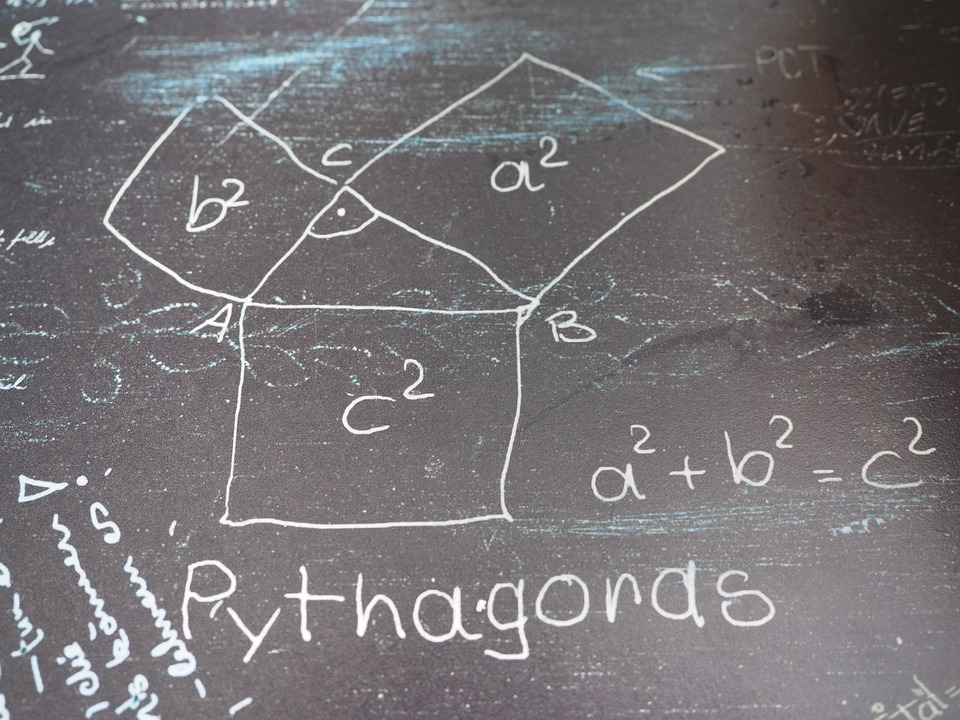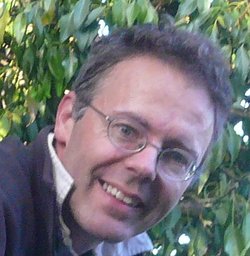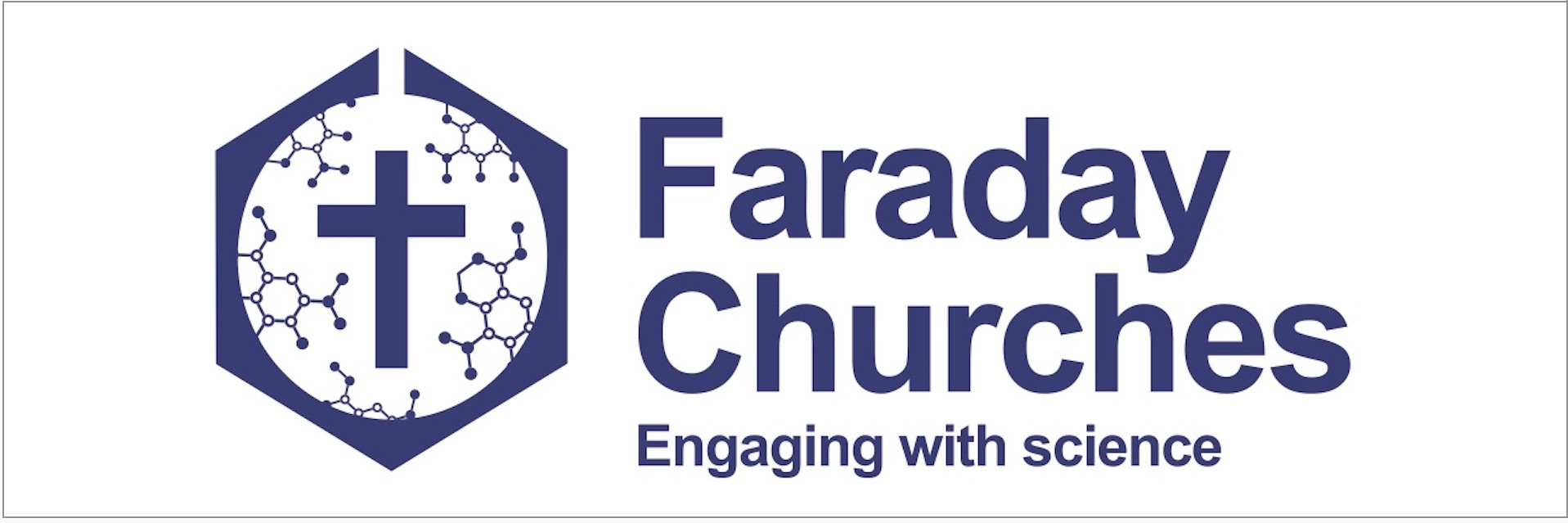
Virtualization of knowledge 0005 by agsandrew. (CC BY-NC-ND 3.0)
Science is not about discovering a low-level “theory of everything” that captures everything that can be said about what happens in the physical world. The structure of the natural world is not like that. To illustrate this, I began with a simple parable (see part 1), which has an obvious application to the structure of scientific explanation.
The main point is that the “explanation” offered in terms of particle physics is not the only valid, or significant, or insightful contribution to science. One can say the same about other contributions, such as the role of genes in the behaviour of living things. In chemistry one introduces “higher-level” concepts such as entropy, temperature and free energy, for example. These are not mentioned in basic particle physics, but they are crucial to getting an understanding of the ways materials behave. In biology there are other important concepts such as metabolism and cell membranes and inheritance and so on; all of these have important roles to play in a rich overall structure of explanation. One could add many further examples.
This discussion extends to other areas of understanding, including the humanities (art and literature, ethics and so on), and also reaches beyond those. I think that the rich structure of scientific explanation does not itself capture what is going on in the humanities, but it does naturally admit the validity of the humanities. That is, the structure of science suggests that one might expect to find further layers of meaning in the world, in addition to the ones that can be described in purely physical or biological terms. Such further layers of meaning are explored in the study of literature, music, ethics, jurisprudence, and so on. These are all fully legitimate contributors to the overall understanding of what is beautiful and true. It is quite wrong to assert that they are all explained by, or owing to, evolutionary biology, for example, or fundamental physics for that matter.
Sometimes you find exponents of science arguing that subjects such as ethics can be absorbed into the study of biology or evolution, and some go further and imply that it all comes down to particle physics. It takes some care to show why such attitudes are wrong. The central point I would emphasize is that natural phenomena always act within the realm of what is possible, not what is impossible. Variation and natural selection, for example, can result in a range of different forms of life, with a range of different values of body mass, but no plant or animal can have a negative mass. That is ruled out by the very nature of what mass is. Evolution acts within constraints such as that.

CC0 License. Pixabay
Equally, when evolution results in some animals having a certain capacity for abstract thought, it does not furnish just any abstract thought. It cannot result in a community of living things that can discover Pythagoras’s theorem while also believing that one plus one equals three, for example. This is because in fact one plus one does not equal three, and anyone who thinks it does is sufficiently confused about numbers as to be incapable of discovering Pythagoras’s theorem.
In this example, the capacity for mathematical thought has come about through the evolutionary process, but the biology does not explain the maths. It is illogical to say that the reason that one plus one is equal to two is owing to some genetic variation or evolutionary fitness. Rather, one plus one is equal to two owing to the logic of arithmetic. The connection to evolution is simply that a creature is more likely to survive and reproduce if it can understand such logic.
In my first example (positive mass), evolution acted within a simple physical constraint. In my second example (the logic of mathematics), evolution acted within a much more subtle but no less real constraint, set by the very nature of abstract mathematical thought.
Similar statements apply to ethics. After the long evolutionary journey of life on Earth, there has come to be a community of animals that have the capacity for moral thought. These are the animals called humans (and there are some signs of a more limited moral capacity in some other animals). But I think it is not possible for variation and natural selection to produce such a community where the animals make moral progress while also believing that greed is morally good, for example. This is because in fact greed is not good, and no amount of genetic variation or natural selection can change that. Again, we have a high-level constraint which biological processes cannot overturn but can only ever act within.
In short, natural selection could no more select for an ecology in which greed is good than it could select for an ecology in which mass can be negative. Natural selection can only select among structures which can be, and it cannot be that greed is morally good, because greed is not morally good. Natural selection can only respect this.

CC0 License. Pixabay
I don’t mean by this that the processes of nature have resulted in a perfectly fair world; they have not. What I mean is that in the world that has developed as it has, nothing can ever change the highest-level truths: such truths as that love is better than hate, and that people ought to respect one another. Physical processes do not impact on the truth of these things, just as stones and mortar do not impact on the truth of an arch, though stones and mortar may or may not be arranged in the shape of an arch.
We humans are sitting inside this great framework, and can never get outside it. We can never be in a position to grasp, or even catch a glimpse of, the whole of what is. We are always looking in three directions: down, and across, and up. We look down to what we can get a complete understanding of, like the fascinating components of scientific study. We look across to one another, fellow travellers whom we can never encompass but whom we can begin to know. Finally we look up to what is beyond us, but which can call upon us, and to which we can open ourselves. This last component incorporates whatever are the most all-encompassing truths, and these do not take the form of a process in biology, or a chemical reaction network, or a statement in quantum field theory. Rather, they are something to do with relationships of love and creativity.
 Andrew Steane is a Professor of Physics at Oxford University. His research is mainly in quantum computing, atomic physics and special relativity. He is the author of two books on relativity, and of a book on the role of science in religion (Faithful to Science, Oxford University Press 2014). He was awarded the Maxwell Medal and Prize of the Institute of Physics in 2000 for the discovery of quantum error correction. He has given numerous public lectures and school demonstrations in physics, and taught Sunday school groups for many years. He is married to Emma Steane; they have three children.
Andrew Steane is a Professor of Physics at Oxford University. His research is mainly in quantum computing, atomic physics and special relativity. He is the author of two books on relativity, and of a book on the role of science in religion (Faithful to Science, Oxford University Press 2014). He was awarded the Maxwell Medal and Prize of the Institute of Physics in 2000 for the discovery of quantum error correction. He has given numerous public lectures and school demonstrations in physics, and taught Sunday school groups for many years. He is married to Emma Steane; they have three children.



